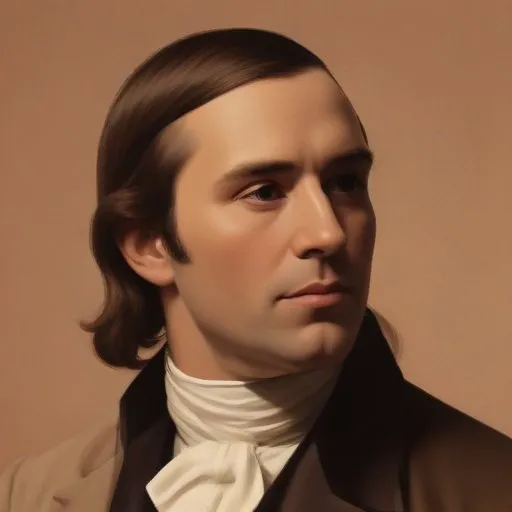
A pioneering animal painter who captured the natural world with unparalleled realism, particularly horses, in exquisite detail. His work continues to inspire artists and animal lovers alike.
Renowned for his exquisite paintings of horses, George Stubbs (1724-1806) was an English master of capturing the essence of these majestic creatures on canvas. His iconic works, characterized by meticulous attention to detail and a deep understanding of anatomy, continue to inspire art lovers to this day.
Born in Liverpool, Stubbs was largely self-taught, having never received formal training from a prominent artist of the time. His early life is shrouded in mystery, with most information coming from notes made by fellow artist Ozias Humphry. What is known is that Stubbs worked in his father's leather trade until the age of 15, when he expressed a desire to become a painter. Initially met with resistance, Stubbs' father eventually relented, providing the young artist with an opportunity to study under Lancashire painter and engraver Hamlet Winstanley.
Stubbs' fascination with anatomy played a significant role in shaping his artistic style. His detailed studies of horses, dogs, and lions showcased a profound understanding of the inner workings of these animals. This expertise allowed him to capture the subtleties of movement, texture, and emotion, elevating his works to a level of realism unparalleled in his time.
Stubbs' talents soon caught the attention of the British monarchy, earning him royal patronage. His works, particularly the iconic Whistlejacket, showcased at the National Gallery in London, exemplify the early Romantic movement. The series of paintings depicting a lion attacking a horse solidified Stubbs' position as a pioneer of this art movement.
Stubbs' personal life remains somewhat of an enigma, with limited information available. What is known is that he married Mary Spencer in 1756, with whom he had a son, George Stubbs Jr. Little is recorded about his personal relationships or controversies, allowing his artwork to take center stage.
George Stubbs' contributions to the art world are undeniable. His meticulous attention to detail and profound understanding of anatomy have inspired generations of artists. His works continue to captivate audiences, solidifying his position as one of the most significant artists of the 18th century.

Born in 1727
A prominent 18th-century painter of landscapes and portraits, capturing the essence of British aristocracy and gentry with elegance and refinement.
Born in 1723
A prominent portrait painter and art educator who helped establish the Royal Academy of Arts, known for his influential teachings and masterful depictions of 18th-century British aristocracy.
Born in 1776
A Romantic-era painter celebrated for capturing the essence of the English countryside through serene, naturalistic landscapes, often featuring skies and clouds.
Born in 1697
A pioneering artist and social commentator, known for his witty and insightful depictions of 18th-century English life, morality, and politics through his paintings and engravings.
Born in 1561
A 16th-17th century Renaissance figure who pioneered the scientific method and empiricism, and served as a prominent government official.
Born in 1922
A renowned portrait painter, capturing the psychological intensity of his subjects through bold, expressive brushstrokes and unflinching realism.
88 Years Old
A pioneering artist who blurred the lines between painting and photography, creating iconic works that explored the intersection of art and technology.
Born in 1898
A pioneer of modern sculpture, creating abstract, biomorphic forms that evoke a sense of primal emotion, and illustrating books with whimsical, dreamlike drawings.